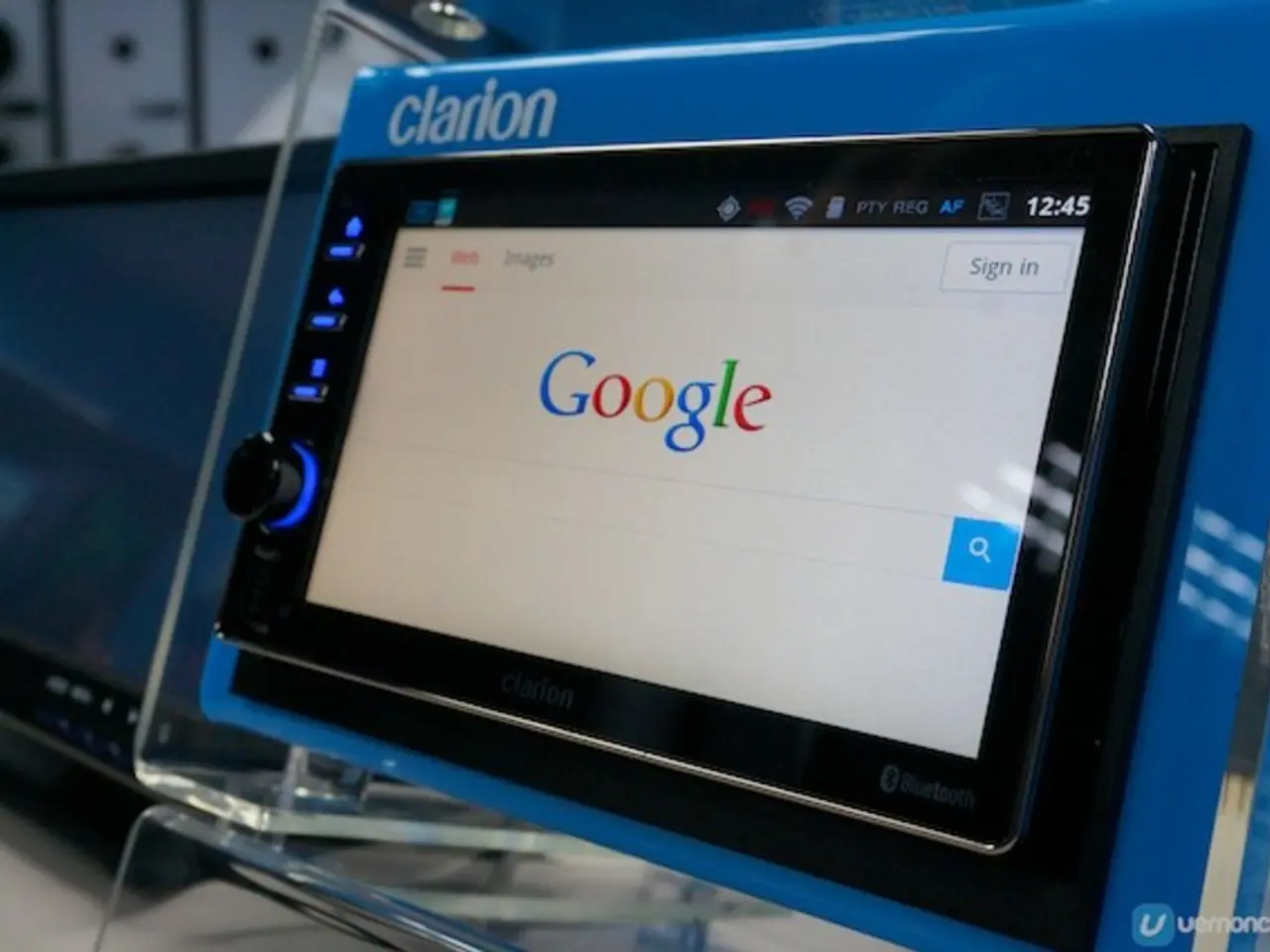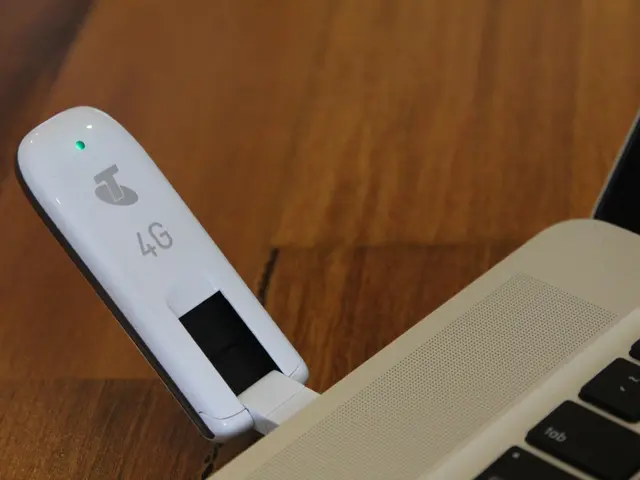Advancements in RLCD Display Technology: Shaping the Future of Tablets
In the ever-evolving world of technology, a new contender is making waves – Reflective Liquid Crystal Display (RLCD) technology. This innovative display solution, which relies on ambient light reflection rather than backlighting, promises significant benefits such as excellent visibility in bright environments and lower power consumption, making it ideal for portable devices like tablets.
However, as of mid-2025, RLCD adoption in mainstream portable consumer electronics remains limited. RLCD technology continues to exist primarily in niche areas such as e-readers and specialized low-power displays. This is partly due to the dominance of emissive displays like OLED and high-quality backlit LCDs, which offer richer colours and better contrast in various lighting conditions.
The broader Liquid Crystal Display (LCD) market remains robust, with innovations like mini-LED backlighting enhancing premium LCD longevity and capabilities, mostly targeting high-refresh-rate mobile gaming displays and large-format public displays rather than reflective LCDs specifically.
Despite its limited adoption, RLCD technology offers several compelling advantages. Its low power consumption, thanks to the absence of a backlight, significantly extends battery life. It performs exceptionally well under direct sunlight, unlike conventional emissive displays that can suffer from glare and washout. Moreover, the display's reflective nature can be easier on the eyes for prolonged reading or usage in bright conditions.
RLCDs have found success in devices like e-readers where battery life and outdoor readability are critical. However, for tablets, the trade-off in colour vibrancy and contrast compared to OLED or advanced LCDs has limited RLCD adoption. The current trend, highlighted by companies like Apple, is more focused on software and design innovations such as the new "Liquid Glass" interface material introduced in iOS 26 and across Apple devices. This "Liquid Glass" is a software design concept involving translucency and dynamic reflections simulated via real-time rendering to enhance UI aesthetics, not an RLCD hardware technology.
In conclusion, while RLCD technology offers notable advantages for low power and outdoor visibility, it remains rare in mainstream tablets, overshadowed by emissive display technologies that offer superior image quality. The latest innovations in portable devices focus more on software-level visual enhancements (like Apple’s Liquid Glass design) rather than shifts back to reflective LCD hardware. Consequently, RLCD’s role in portable tablets is currently limited to niche or specialized applications rather than broad adoption.
However, the future of tablet displays, with the integration of RLCD technology, is expected to be bright, both literally and figuratively. As RLCD technology continues to develop and improve, it may yet find a more significant place in the mainstream tablet market.
- AI and automation in technology research could potentially uncover solutions to further enhance the performance of Reflective Liquid Crystal Display (RLCD) technology, increasing its adoption in mainstream portable devices like tablets.
- Innovations in smart devices, such as smart gadgets and smartphones, might eventually incorporate advanced RLCD systems, providing users with better outdoor visibility and longer battery life.
- Technology breakthroughs in glass systems might lead to the development of more efficient RLCD displays, making them a viable alternative to high-quality emissive displays in tablets.
- The incorporation of RLCD technology into various research initiatives and collaborations among tech companies could pave the way for a revolution in portable display technology.
- As technology evolves, expect to see future smartphones and tablets sporting RLCD displays, offering compelling advantages like lower power consumption and excellent visibility in bright environments.
- The integration of RLCD technology into mainstream tablets could result in the development of eco-friendly gadgets, reducing the carbon footprint of portable consumer electronics and promoting a more sustainable technological future.







